
Grammar Check



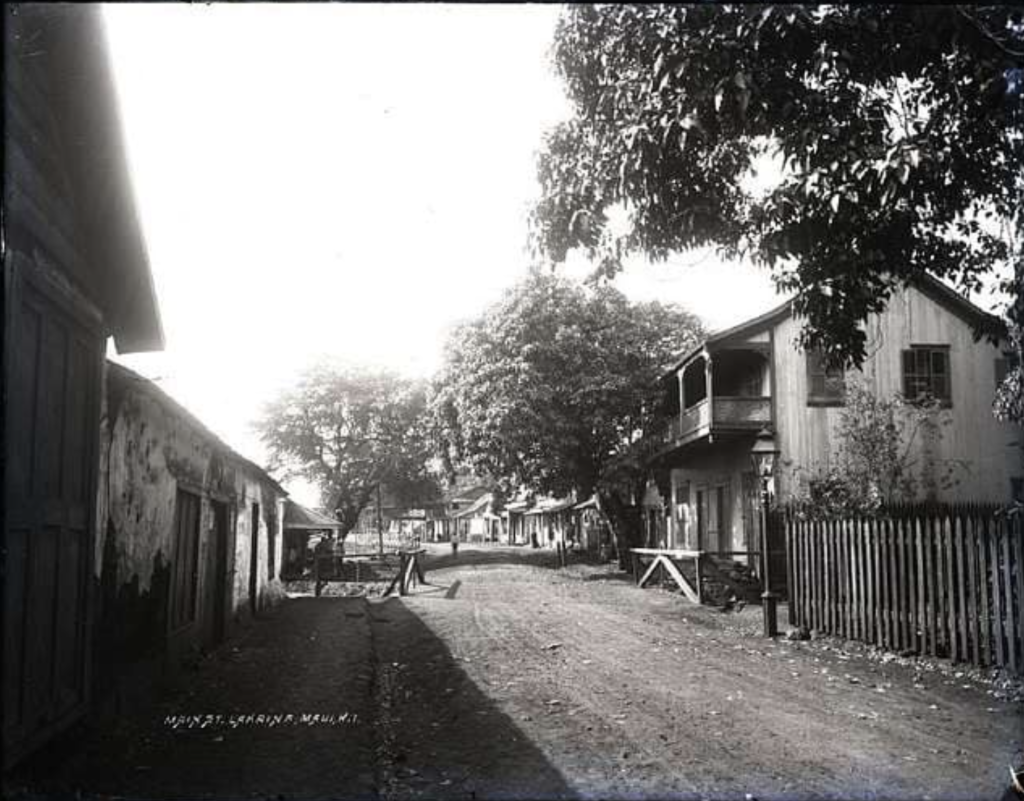
Photo by Brother Bethram. Circa unknown.
Small town politics involving a independent newspaper, search warrant, dead mother, police chief and so on appear to trample basic civil rights.
Alleged abuse of power by Marion County, Kansas City’s Police Chief, Deputy Prosecutor, and Judge for Search Warrant on the Marion County Record office and Editor’s home.
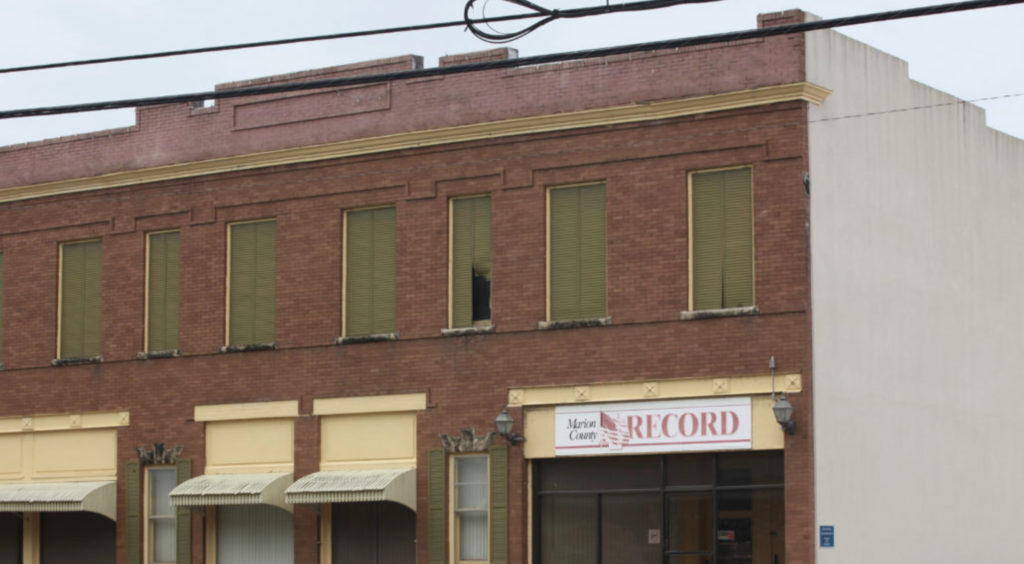
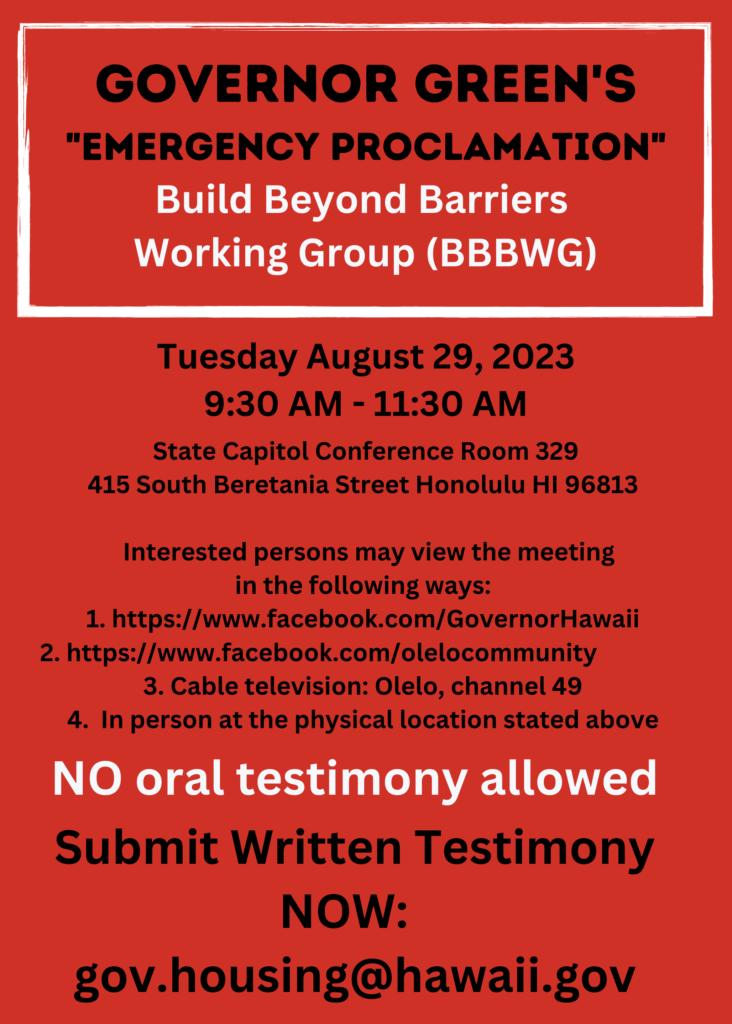
Interested persons may view the meeting in the following ways:
Testimony
Interested persons can submit written testimony in advance of the meeting, which will be distributed to the working group members before the meeting. Written testimony should be submitted no later than 24 hours before the meeting to allow members to review it in advance.
Late written testimony will be retained as part of the record and will be distributed to theworking group members as soon as practicable, but we cannot ensure they will receive it in sufficient time to review it before the agenda item goes into decision making.
Oral testimony will not be accepted.
Submit written testimony: Via U.S. Postal Mail: Nani Medeiros, Lead Housing Officer, 415 South Beretania Street, Room 415 Honolulu, Hawai’i 96813; or
Via Email to: gov.housing@hawaii.gov Include the word “testimony” in the subject line and reference the agenda item that your testimony relates to.
AGENDA
I. Call to order
II. Lead Housing Officer’s (LHO) opening remarks to the BBBWG, providing an updated
perspective on the working group’s role in the context of housing and the redevelopment of
Lahaina.
Ill. Project Proposals to the Lead Housing Officer
A. Department of Hawaiian Home Land’s (DHHL) request for the LHO’s determination to
develop the following for beneficiaries: 1) Honokawai Water System, including source
and transmission to support housing in the Villages of Leiali’i and DHHL property in
Honakawai; 2) Villages in Leiali’i; 3) Wailuku Single-Family Residential homestead; and 3)
Waiehu Mauka Homestead in response to an increased need for housing on the island
of Maui due to the wildfires.
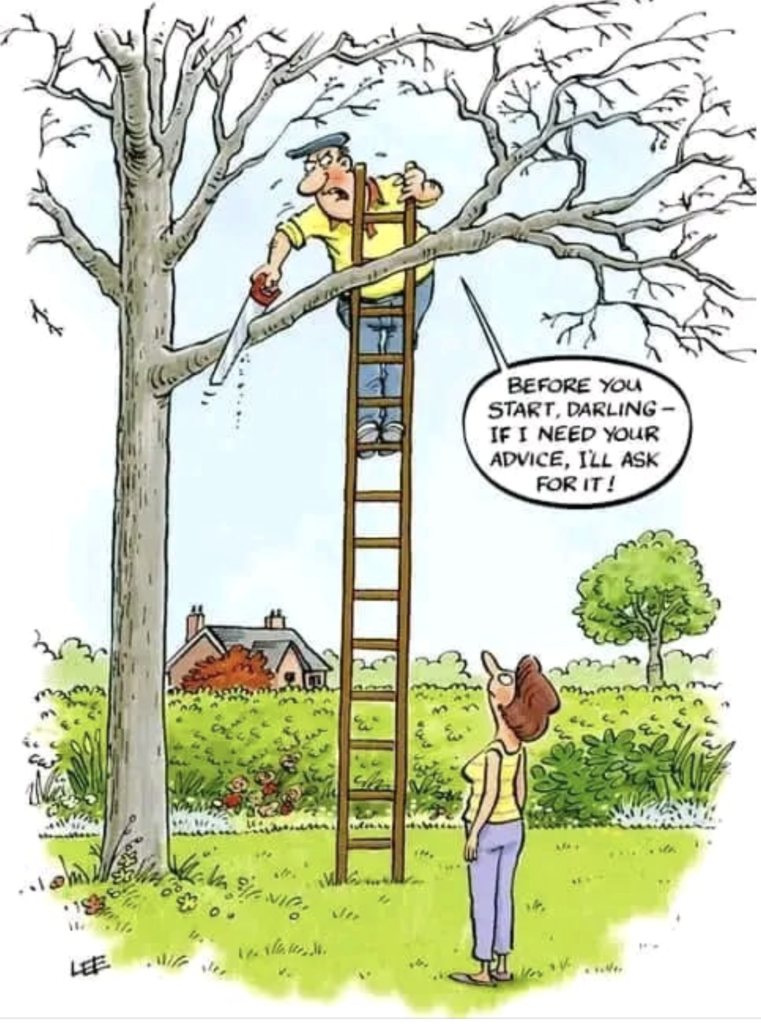
The massive fire destroyed historic Lahaina Town on hot dry August 8, 2023.
In the midst of great devastation, grief, and confusion, Governor Green threw more fuel to the atmosphere of great mistrust towards his known pro-development agenda with his public remarks. The swift action of removing a prominent pro-native-water-rights Hawaiian employee from his state position creates more suspicions of political exploitation.
This state employee has been hastily vilified on the superficial social media around the world. But this issue demands more more effort to investigate and analyze. An educated conclusion can only be made through understanding the history of water rights in a much broader context.
Washington Post’s Reporters Elahe Izadi and Zoeann Murphy did their homework and provided the broader context. Here are some excerpts:

He (Ku’uleialoha Palakiko) and other Native Hawaiians in Maui have spent years fighting for a greater say in how one of their most valued resources— water — is diverted and allocated. Now, in the wake of wind-whipped blazes that ripped through Maui, they say they are being scapegoated by Hawaii government officials and developers, who say water needs to flow more freely for fire protection.
The day after the fire, the administration of Hawaii Gov. Josh Green (D) asked the state Supreme Court to relax stream flow limits in centralMaui to free up more water for fire suppression.A high-ranking state water commission official was reassigned after a prominent developer claimed his request to fill a reservoir in anticipation of fires was delayed. Two residents sued Monday over the reassignment.
Hōkūao Pellegrino, a farmer in Waikapu, said the fire and what he sees as the resulting blame game are being used to “undo all of the work that our communities have fought so hard and advocated so hard to do.” The result, he added, could undermine Native Hawaiian efforts “to ensure that our landscape is no longer that barren, dry, arid, fire prone region that it has become.”
It’s long-simmering issue — with roots in Lahaina’s plantation days — and it has escalated in the aftermath of the deadliest U.S. wildfire in the last century.
Developers say that some regulations have hampered efforts to fill reservoirs with water that could be used to protect Lahaina homes and subdivisions.
Since the fire,Gov. Green has repeatedly highlighted the ongoing water conflict on Maui in remarks to reporters. He has suspended portions of the water code “necessary to respond to the emergency,” and has signaled he may further relax water regulations throughout West Maui.
Green has acknowledged that using water for cultural purposes is important, but has said the “stalemate” over water policy has left dry areas of the island vulnerable to blazes. His office did not respond to inquiries from The Washington Post.
The governor directly addressed water activists during a live-streamed interview with a Honolulu-based news site, Civil Beat: “Look guys, we just lost lives because we don’t have a water policy or a statewide plan that protects the land from burning.”
He also has said that “people have been fighting against the release of water to fight fires” — a comment that has outraged community members who say it’s a misrepresentation.
“In my eight years on the water commission, I never heard, in a single hearing, that testimony from anyone in the community,” said Kamanamaikalani Beamer, who served two terms on the state’s water commission starting in 2013.
He added that the Native Hawaiian community around Lahaina “has fought for literally generations to seek justice and balance for the streams and the community and other usages.”
“In an emergency crisis, we’re jumping back to old paradigms that didn’t work for that place, and that brought us to this point.”
Although each U.S. state has its own rules, water is a public trust in Hawaii, a legacy of its days as a sovereign kingdom. The State Commission on Water Resource Management sets standards for the amount of water that must flow through streams; citizens can petition over those.
The legal framework around water rights has “been one of the few tools available to Native Hawaiians to fight against the commercial forces that have been bearing down on the islands for the last 50 years,” said Jonathan Scheuer, a water policy consultant and co-author of the book “Water and Power in West Maui.”
Lahaina, once a capital of the Hawaiian kingdom, has always been hot. But before Western occupation, it was an abundant agricultural landscape with lush wetlands. An inland pond surrounded Moku’ula, a tiny island that was home to Hawaiian royalty.
Struggles over water management heightened with land privatization in the 19th century. Ancient waterways and irrigation systems established by Hawaiians were diverted for the sugar cane plantations that took over large swaths of land in West Maui.Sugar cane, which gave way to tourism in the 20th century, dried out the landscape. A dried up Moku’ula was filled in, and then later buried beneath a baseball field.
The latest controversy began the day after the fires. Glenn Tremble, a West Maui Land executive, wrote to the state water commission complaining thata request to divert water to a company reservoir was delayed for several hours after an agency official told him to first check with a downstream taro farmer, per regulation.
Tremble told The Post that the company’s subdivisions rely on the reservoir water for fire suppression, and that the company issueda preemptive request ahead of an unpredictable blaze. In the moment, he argued, it was unclear whether helicopters could dump water on hotspots, like they did during a November 2022 fire in an area above Lahaina when the Maui Fire Department tapped company reservoirs.
“Based on experience, we knew that flare ups happen, wind strength and direction changes, fires spread quickly, our reservoir levels were low and water from our reservoirs is used by [the Maui Fire Department] for fire control,” Tremble wrote to The Post via email. He added the company needs to have water available to the fire department before firefighters need it. “We also knew that having water for individual homes for irrigation and fire suppression can help to slow or stop fires.”
Critics say filling the developer’s reservoirs with water would not have helped put out the fire in Lahaina. The hydrant system in Lahaina is supplied by the county water system, according to the fire department. And high winds made it too treacherous for helicopters to pull water from reservoirs to drop water on hotspots, as they have done in the past.
In his letter to the commission, Tremble acknowledged “we cannot know whether filling our reservoirs at 1:00 p.m. (as opposed to not at all) would have changed” the outcome. He asked to lift rules on water flow to fill their reservoirs in the area during this emergency period, and “other regulations.”
It became a political controversy after local media published the letter. The water commission official was “redeployed” to allow the agency to “focus on the necessary work to assist the people of Maui recover from the devastation of the wildfires,” the Department of Land and Natural Resources said in a statement. The agency cautioned against suggesting the official “did anything wrong.”
Loneliest House in the World, Iceland by Hörður Kristleifsson
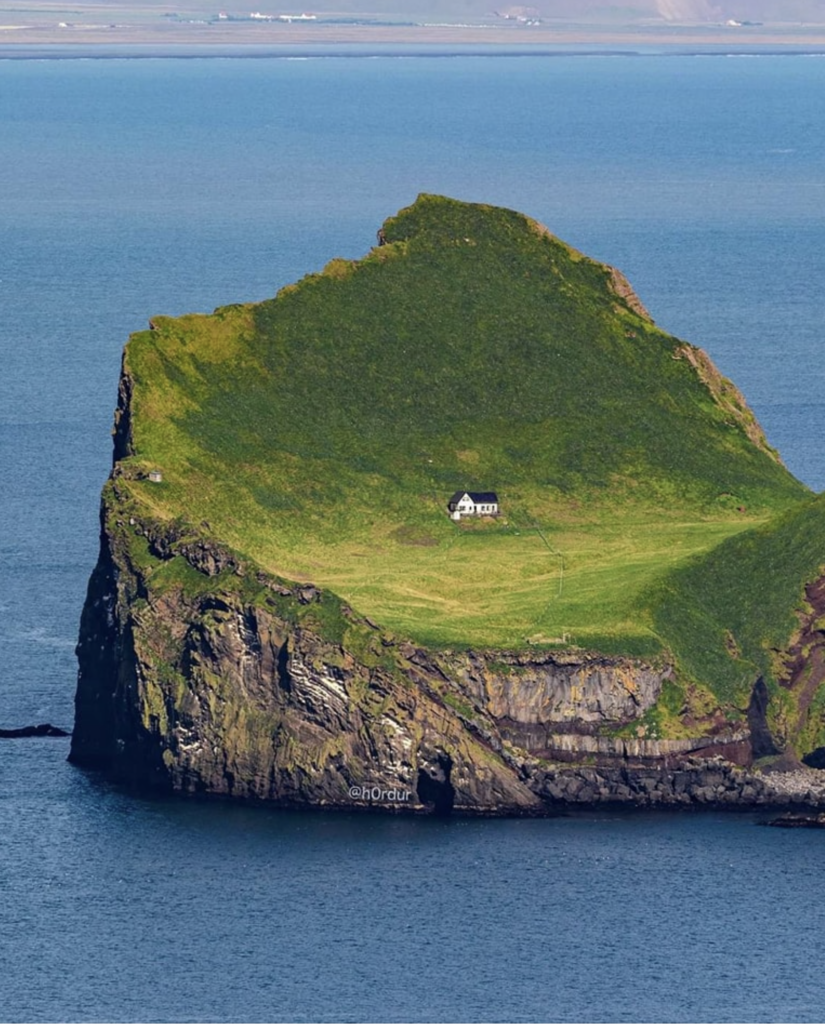
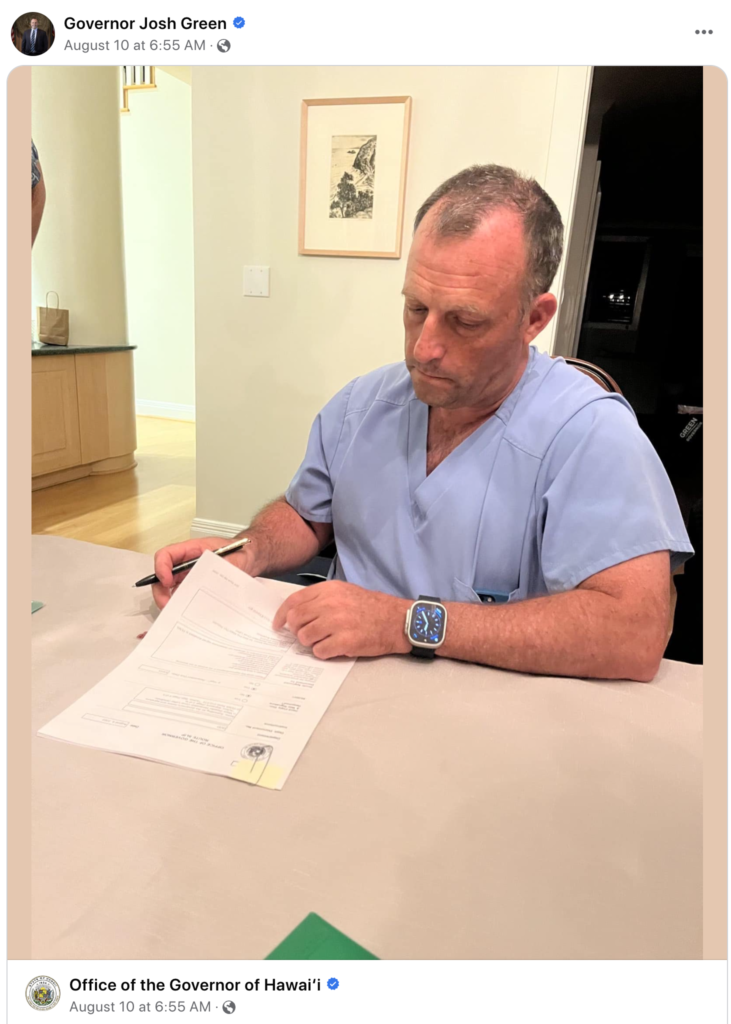
“Early this morning, Governor Green, M.D., reviewed and signed the State of Hawai`i’s major disaster declaration request which was transmitted to the White House for Presidential approval. Moments ago, POTUS approved the declaration request. This will unlock the full power and support of the federal Government which includes disaster relief resources and direct financial support for our communities. The Green administration worked through the night in direct contact with our White House partners to get this much needed relief for our communities.“
Governor Josh Green’s “Emergency Proclamation” (EP) for “Affordable Housing” is getting more alarming.
Basic protections like the Sunshine Law and Public Participation are suspended in the name of “affordable housing crisis”, to expedite development processes and alleviate the state’s acute shortage of housing units. The EP is good for twelve months. Then what?
Here is the fine print of the Emergency Proclamation.
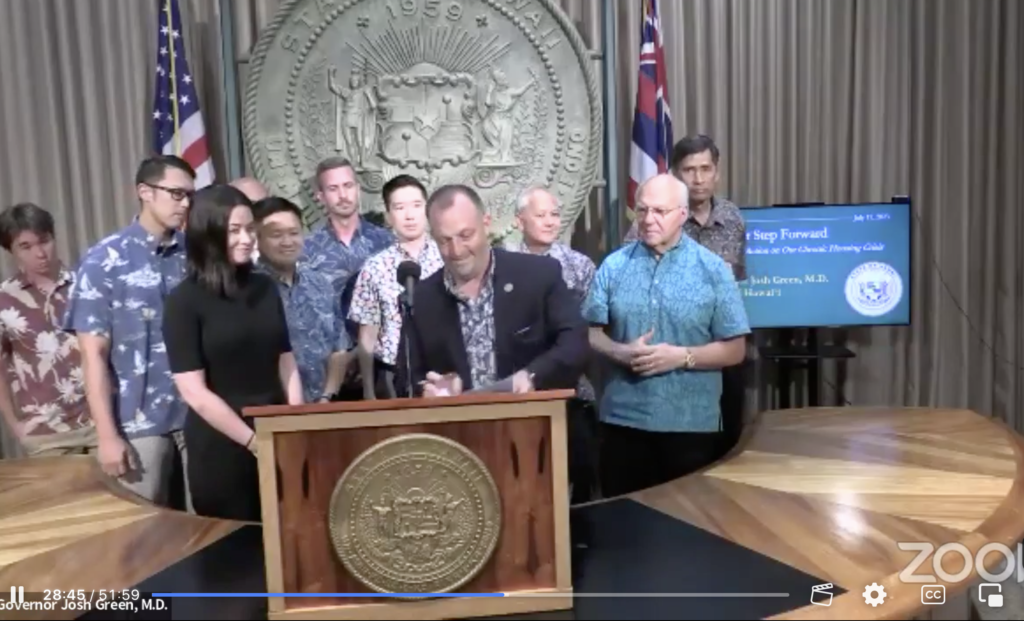

Here is a copy of Hawaii Sierra Club Director Wayne Chung Tanaka’s observations of the first “Build Beyond Barriers” meeting at the Hawaii State Capitol in August 2023.

” Takeaways:
The “Build Beyond Barriers Working Group” Chair, Nani Medeiros, unilaterally suspended ALL PROVISIONS of the Sunshine Law, despite having no justification to do so. Meeting facilitator Scott Glenn and developer consultant Trisha Watson actively sought to suppress any discussion about the illegal, non-transparent nature of the Working Group’s first meeting.
Earthjustice attorney David Henkin was ejected from physically observing the meeting even after being told he could attend as a member of the public, and had the sheriffs called on him by the Governor’s deputy general counsel Jeremy Lakin.
Because there was only one microphone for a room of 30-plus participants, the Facebook livestream of the meeting was largely inaudible.
Nani Medeiros confirmed that she, as the “Lead Housing Officer,” had authority to approve any project that received any state or county waiver or exemption, or that used any state or county financing, funds, or lands. Such projects would be eligible to proceed without complying with the laws suspended by the proclamation – and without any Working Group approval, review, or notification.
“In a democracy, the people are vested with the ultimate decision-making power. Governmental agencies exist to aid the people in the formation and conduct of public policy. Opening up the governmental processes to public scrutiny and participation is the only viable and reasonable method of protecting the public’s interest.” – HRS Chapter 92 (a.k.a. the “Sunshine Law”)
The first “Build Beyond Barriers Working Group” meeting was held on Friday, and the situation with the Governor’s emergency housing proclamation is far, far worse than I had thought. While there was scarcely time for questions during a meeting largely taken up by performative introductions, Working Group leadership made clear that they had no regard for transparency or the law – even as described in the proclamation itself. Previously, I had written my concerns to Working Group chair Nani Medeiros, regarding the apparent suspension of the Sunshine Law. I had observed that the meeting had not been posted to the state calendar with the required six days’ notice.
Nani confirmed that she had decided to unilaterally suspend the notice requirement of the Sunshine Law. Her excuse pointed to logistical issues that needed to be resolved first – namely, coordinating flights for neighbor island working group members and members of the island burial councils (only one burial council member, from Molokaʻi, would end up attending – via Zoom), and finding table microphones so that “sound distribution is strong for participants and observers.”
Nani wrote that she was “committed to making these meetings accessible to the public, even if it means personally investing in equipment” (emphasis added), and promised that the meeting would be posted on the state calendar once all the details were set.
The meeting was never posted on the state calendar, and the information sent to news media for the public to observe the meeting online had the wrong time. When Working Group members arrived at the Governor’s conference room Friday morning, there was only one microphone, tethered to a conference phone by a cord not much longer than six feet, to be shared by some thirty-odd people.
Needless to say, the meeting was largely inaudible to the Facebook Live viewers who were able to find the correct link.Before the Working Group meeting began, a member of the public who wished to quietly observe in person – environmental attorney David Henkin, no less – was ejected by the Governor’s deputy general counsel, Jeremy Lakin. Jeremy even went so far as to call the state sheriffs, rather than contemplate the legality of his action.
Apparently, the public observation provisions of the Sunshine Law had also been suspended for this meeting, in addition to its public notice requirements. Public input requirements were obviously also suspended.
I immediately attempted to ask for clarity about what provisions of the Sunshine Law had been suspended, since the emergency proclamation itself only allows for the suspension of provisions of the Sunshine Law to the extent needed for “expeditious action, decision, or approval.” Posting notice on the state calendar, and allowing a member of the public to quietly observe in person – both requirements of the Sunshine Law – would not delay any conceivable actions, decisionmaking, or approvals.
(In fact, it turned out there also was no action, decisionmaking, or approval whatsoever during the meeting that would justify any Sunshine Law suspension under the proclamation, despite Nani’s prior written (and false) statement that there would be “important decision-making processes taking place.”)
Unfortunately, vice chair Scott Glenn clearly did not want me to raise these concerns, and asked that I hold my question until the end of the meeting.
During our “introductions,” I again warned the group that violating the Sunshine Law was a Big Deal and an invitation for lawsuits, and was met with blank stares. Scott said there would be time to address my concerns after introductions were complete.
Eventually, during the few minutes we had for questions, I was told that the Sunshine Law had been suspended in its entirety. When I questioned how that could be, given the language of the proclamation, developer consultant and Working Group member Trisha Watson cut me off. She said my concerns about legal compliance should be tabled, and that she had “real questions.” No one objected.
The Working Group leadership’s flippant disregard of both the law and the critical importance of public transparency was simply astounding. These are the people we, the public, are being asked to trust with the future of our islands.
In response to the only other question I was allowed to raise, Nani also confirmed that she, the lead housing officer, had unilateral authority to bypass the Working Group completely, and approve any project that received any state or county exemption or waiver, or used any state or county lands, funds, or financing. She also made clear she was under no obligation to even inform the Working Group of any such approvals.
Yes, this is real life. And incredibly, the Working Group Chair’s willingness to disregard the law, eschew transparency, and repeatedly lie – in writing, no less – makes clear that this emergency proclamation and the people in charge of it are even more dangerous than I had previously worried.
Friends, the future of our islands – our cherished landscapes, our cultural foundations, our social fabric, and even our housing crisis itself – may be harmed irrevocably by a proclamation that puts unprecedented power in the hands of a few individuals. These individuals have already shown that they will not – or cannot – even coordinate a single introductory meeting in compliance with the proclamation itself. We are now being asked to let these same people administer and enforce an initiative involving tens of thousands of un-affordable housing units across hundreds or potentially thousands of acres of land, throughout the islands.
Even with the best intentions, developers will surely run circles around this Working Group’s leadership, to the benefit of corporate profit margins, and the detriment of all that makes Hawai‘i, Hawai‘i.”
